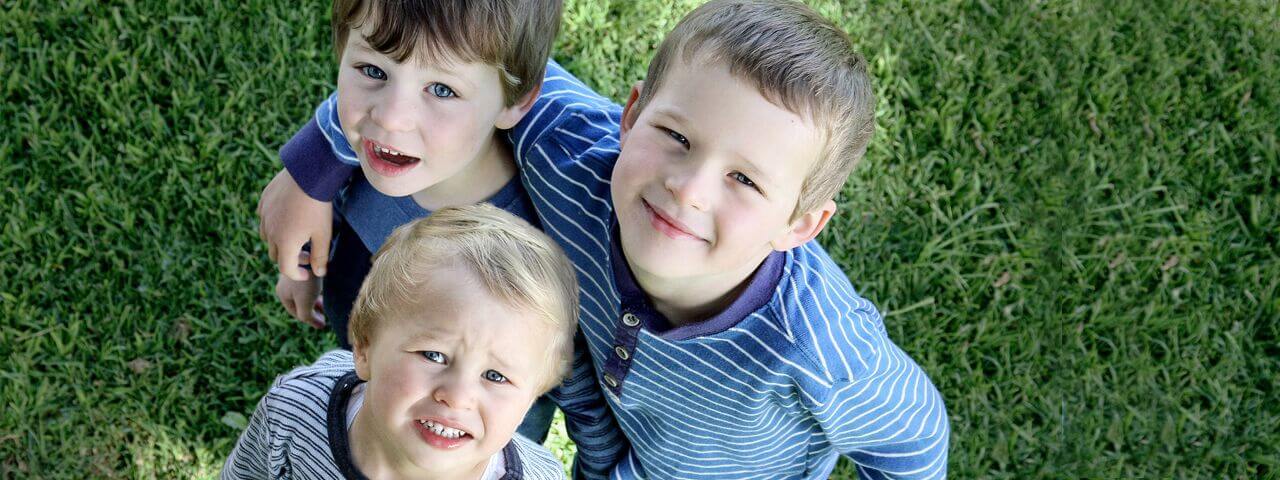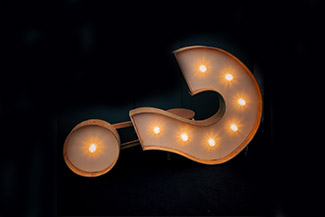
Why Would An Eye Doctor Measure The Axial Length Of The Eye?
If your child has myopia (nearsightedness), you probably take them to an eye doctor for regular eye exams. At these routine check-ups most optometrists will simply check the child’s visual acuity and prescribe the appropriate lenses. At Visual Symptoms Treatment Center however, we understand the risks associated with myopia progression and know that effectively slowing it down takes more than just measuring visual acuity. A myopia management eye doctor uses an additional — more precise— method of tracking the progression of myopia in young patients to ensure the best possible outcomes for ocular health and vision.
Understanding Myopia
Myopia is a common refractive error that occurs when the eye grows too long and the axial length of the eye increases. This alters the light’s focal point inside the eye, causing distant objects to appear blurry. Children and adults with myopia generally need prescription glasses or contact lenses to correct the refractive error and improve vision.
All eye doctors measure visual acuity to test for myopia, but only some measure the eye’s axial length as well. The axial length offers vital information about the child’s myopia and the rate at which it’s progressing.
What Is the Axial Length of the Eye?
The axial length of the eye refers to how long the eye is, front to back. In children with rapidly progressing myopia, axial length will increase faster than the normal rate. This information not only helps determine the progression rate, but also helps indicate the potential cause of the elongation. There is no doubt that measuring axial length is necessary for an effective myopia management program. Without this data, it’s impossible to accurately judge the results of treatment.
Why Is Myopia Progression a Concern?
Knowing the rate of a child’s myopia progression is critical to the child’s ocular health, as childhood myopia increases the risks of developing serious eye conditions and diseases later in life. Macular degeneration, cataracts, glaucoma and retinal detachment can all threaten vision and eye health.
At Visual Symptoms Treatment Center, we provide our young patients with specialized treatment to control the progression of myopia and reduce long-term risks to give your child clear and healthy vision for a lifetime.
Our practice serves patients from Arlington Heights, Buffalo Grove, Northbrook, and Deerfield, Illinois and surrounding communities.







